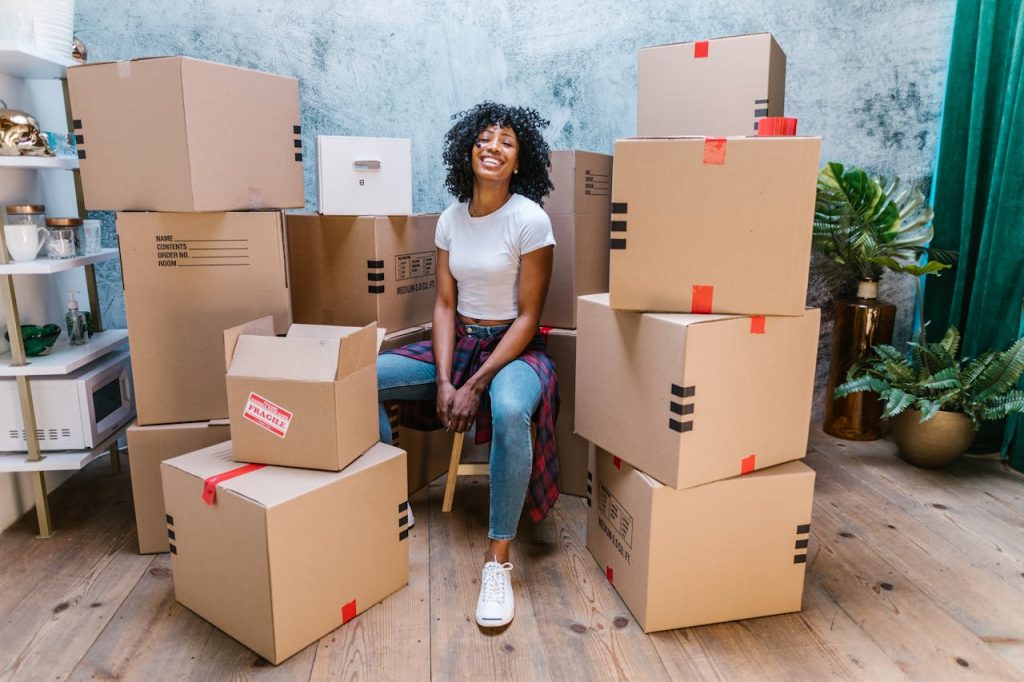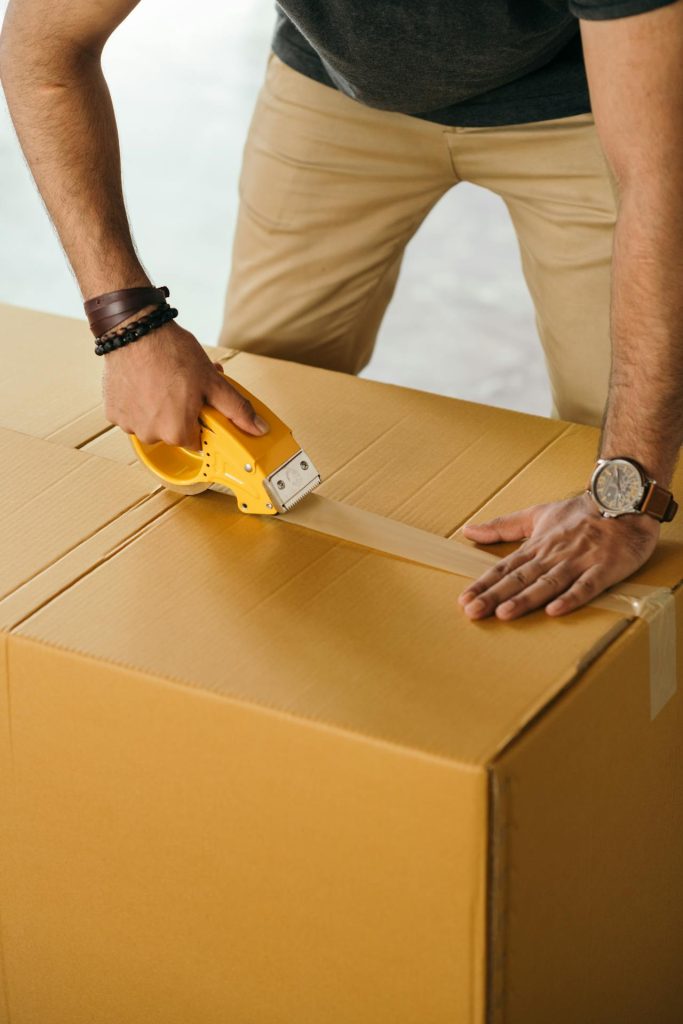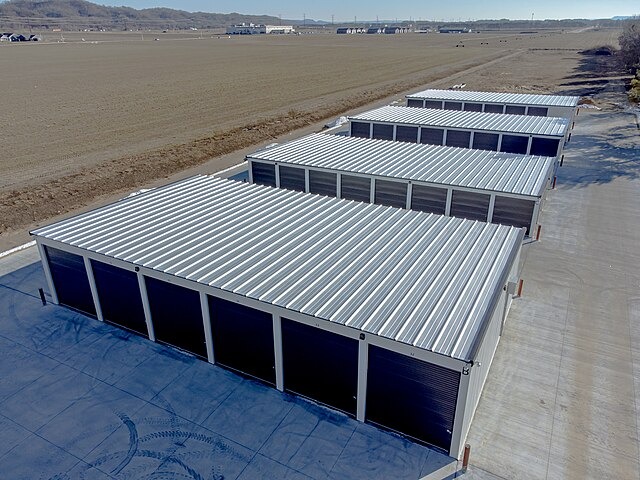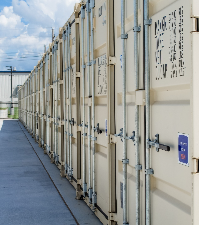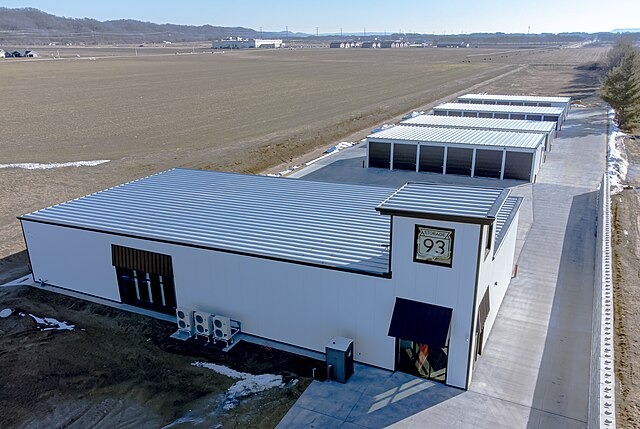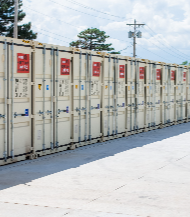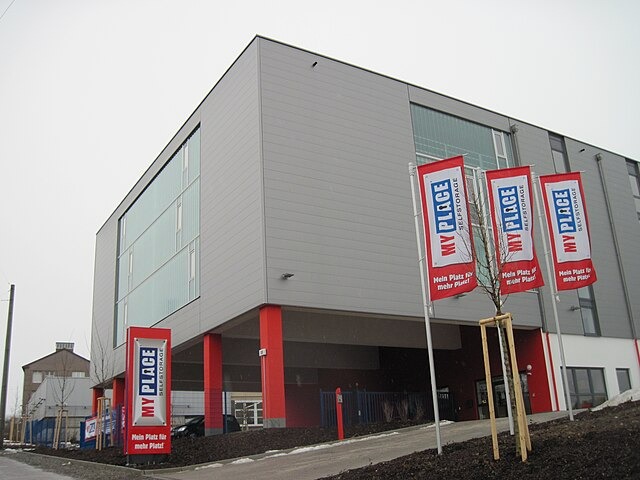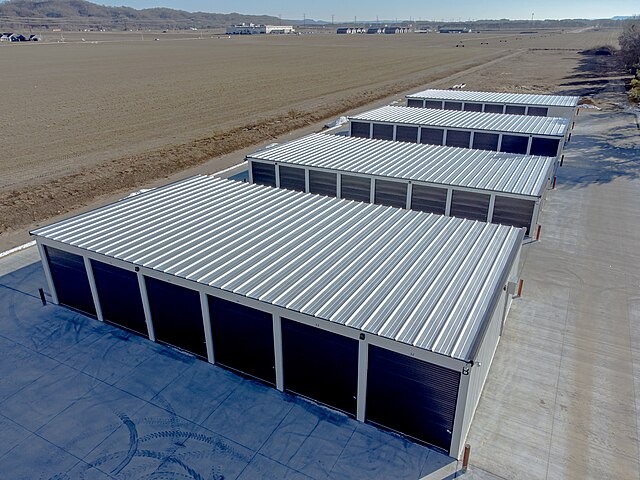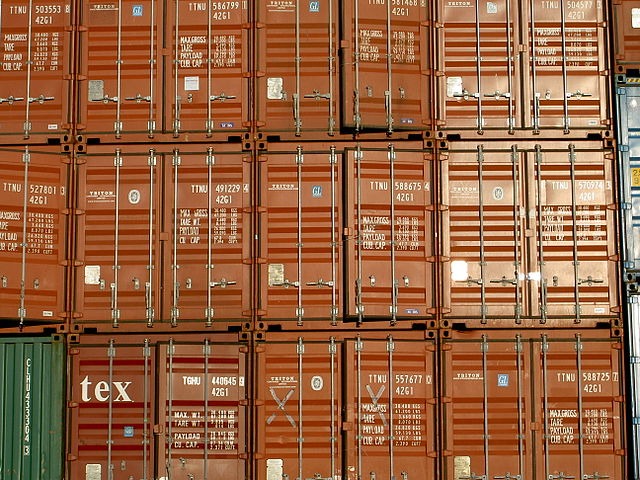This is a great time to work in the trades. Demand is at historic levels, and the supply of competent tradesmen is low. However, the overhead of owning a contracting company can be overwhelming, especially if you are an independent contractor not looking to scale up. You could use your garage, but then it would probably be completely full of your stuff, and your wife’s Audi won’t fit. That’s a no-go.
Instead, why not go with a self-storage unit from My Storage Box?
A self-storage unit is the best way to keep your overhead low as your business grows, or if it is already growing, a self-storage unit is a great way to provide overflow space.
Here’s our take on self-storage for contractors.
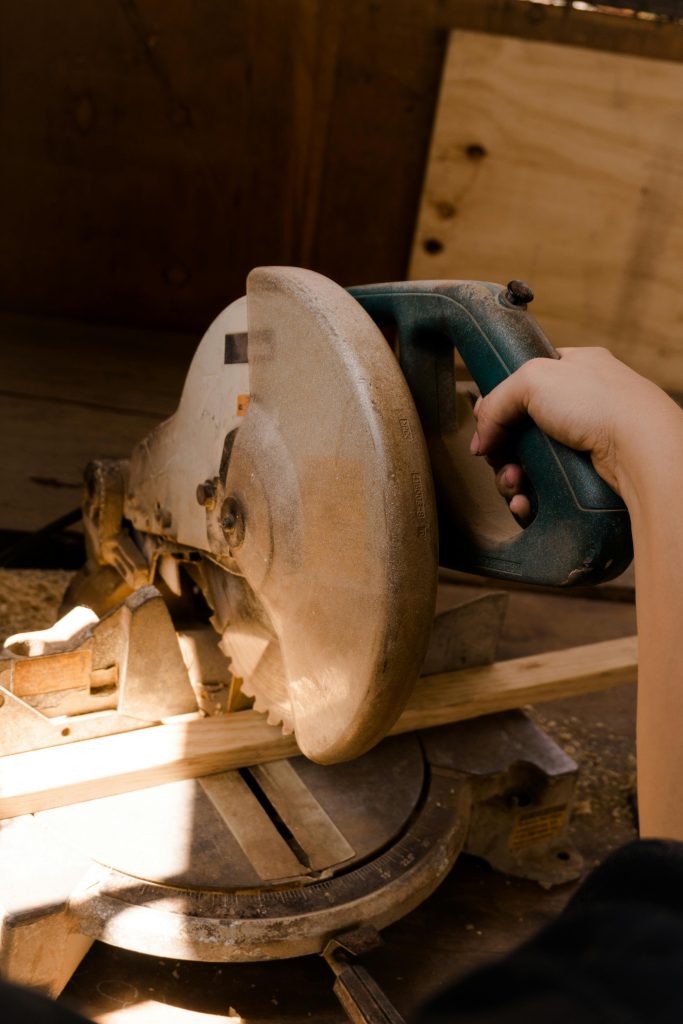
Benefits of Self-Storage for Contractors
Self-storage is a great place to store all kinds of odds and ends for everyone, but it might be especially useful for contractors. Contractors often end up with thousands of dollars worth of tools and equipment, and sometimes, keeping it in the truck or a trailer isn’t the best option.
For instance, sometimes there just isn’t space or the need to carry a table saw, a sliding miter saw, and other large, high-dollar tools with you, but you need somewhere to keep them secure.
It’s a Convenient and Secure Storage Space
The great thing about self-storage is that it is extremely secure, with multiple lines of defense against intrusion, and it is available at all hours of the day or night.
When you finish a late night on the job site, you can drop off your extra tools at our storage units at 10:45 pm without any hassle. Got an early job to get to? Grab your gear at 0500 and head out. We don’t mind.
Store Tools, Supplies, and More
Your livelihood is wrapped up in your tools.
Keep your items safe and organized in our storage units instead of your truck. Trucks and vans are notoriously easy to break into, and you don’t want to make it any easier than you have to for thieves to get at your hard-earned equipment.
My Storage Box is a fully fenced facility with a secure, automated gate system. With a good padlock, your tools are safe and sound in our facilities.
Also, we use high-strength shipping containers for our self-storage units. These are made to withstand the worst weather that the open oceans can throw at them, so we know they can stand up to the volatile weather patterns of Oklahoma and Kansas!
How to Choose the Right Self-Storage Unit
Alright, so you’ve made up your mind to rent a storage unit for your contracting business. Awesome! But how do you know what you need?
It’s not just about cost; it’s about making sure you get what you really need. If you are keeping your tools in there, you need to know that you can get them whenever you need them and that they will be safe and sound when you need to pull them out and use them.
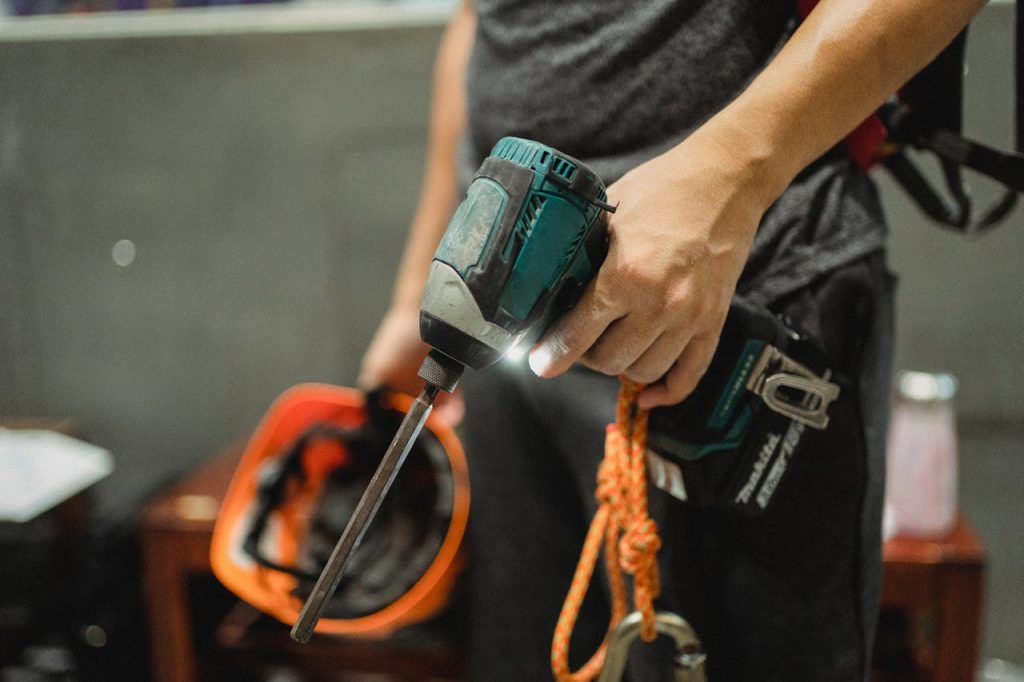
Consider Your Needs
So, what are your needs as a contractor? Are you thinking that you will keep your whole stash of large power tools in storage and pull them out when you need them, or do you just need a smaller unit for odds and ends?
What Kind of Items Are You Storing?
We know that depending on what kind of work you do, you are holding onto thousands of dollars worth of tools at any given time. But it’s probably not just tools. You might have all kinds of parts in your stock as well, like spare Romex, electrical panels, HVAC components, and so on.
Those items add time, both in terms of cost and space, which are valuable commodities.
Frequency of access
How often will you need access? We offer 24/7 access at My Storage Box, so no matter what schedule you keep, you can access your tools, building materials, or whatever you have stored whenever you need it. And no, there is no cap on how many times you can get in.
Budget
My Storage Box maintains a competitive price point while offering the most secure storage option on the market.
Keep up to date with our pricing page to monitor affordability and availability. Act quickly, as our units go fast.
Tips for Maximizing Self-Storage Benefits
If you’ve got a lot of stuff to store for your contracting business, you want to make sure you can actually find what you are looking for. As an avid DIYer, most of my projects consist of looking for the right hardware or tools for two hours, and then doing the project.
Don’t be like me.
Label and Organize Items
First and foremost, label your stuff. If you have a bunch of tool bags, through some painter’s tape on the handles and use a Sharpie to mark what is in them. Use different bags for different types of projects, i.e., a plumbing tool pouch, one for electrical, and so on.
Five-gallon buckets are another great way to do this, especially if you use Bucket Boss-type organizers, which turn regular buckets into multi-tiered storage units for hardware, tools, or whatever. They are also a great way to turn your buckets into specialized tool caddies. Got a job? Grab the bucket that corresponds to the job you are working on and hit it! This has been my go-to method for a few years, and it works great.
Use Shelves and Racks
Portable shelves and storage racks are a great way to extend the usefulness of a storage unit for your business. You can set them up quickly, store your extra materials, tools, and other miscellaneous stuff on them, and actually see what you have to work with. No more digging through the working fan for that blower motor you know is in there somewhere.
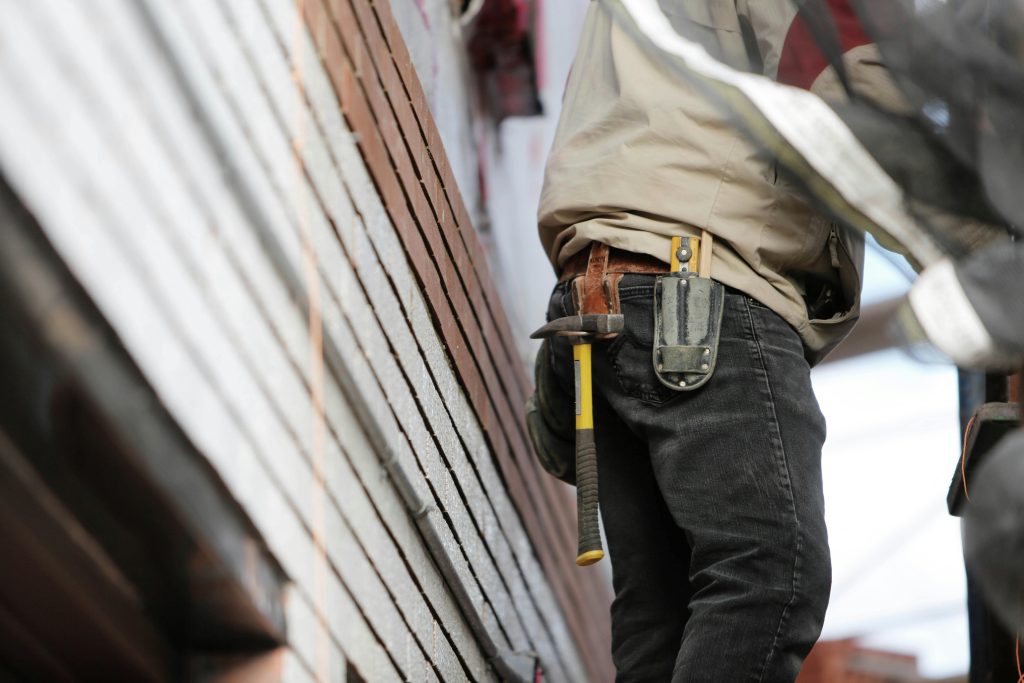
Take Inventory Regularly
Finally, take and keep a regular inventory of your storage unit. First, it is for security, so you know that it is all secure and what you put in here stays in here. Second, it is so you know exactly what is going in and out for your jobs. Keeping your materials in storage is a great way to know exactly what your supplies are and what you need to buy up on.
Parting Thoughts
Self-storage is a great option for lots of different activities, from moving to small business storage. We are proud to offer one of the best options to streamline your contractor business by getting you set up with the storage you need, with the access you’ve got to have.
Get in tough with My Storage Box to see which storage solution is best for you, or you can go ahead and reserve a storage unit now!

